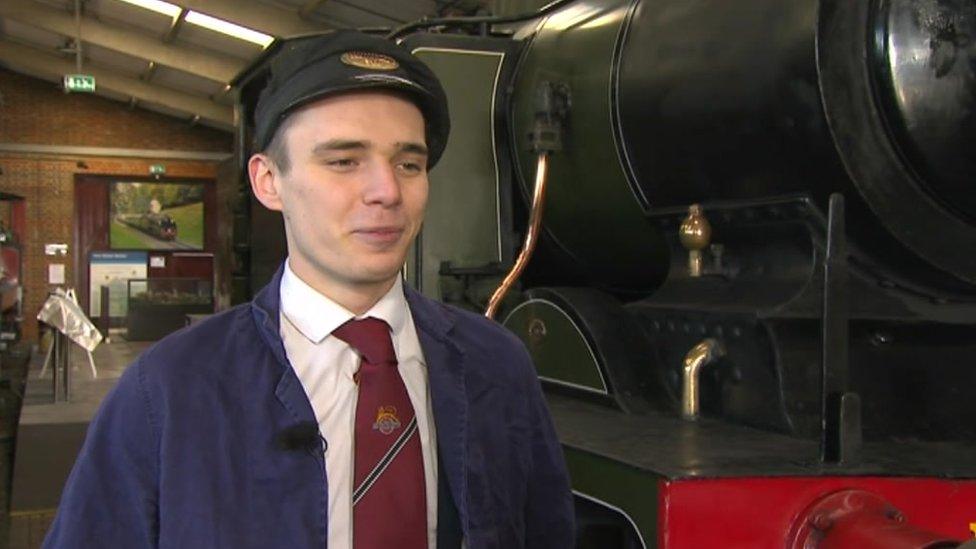Seaside city's secrets hidden in underground tunnels

There have long been rumours about why a king had tunnels built under his place of residence in Brighton
- Published
Millions of people pass through Brighton railway station each year, but how many are aware of the secrets below their feet?
Hidden beneath the tracks are mosaic bathrooms, World War Two communication rooms and even a rifle range.
Brighton’s network of underground secrets stretches far across the city, with Victorian sewer systems, a hidden road, and tunnels below the Royal Pavilion rumoured to be built for King George IV to meet his lover.
The BBC has been given special access to this seaside labyrinth to find out what it reveals about the city that lies above.

Dirt covers the turquoise tiles used on the stairs and throughout the station's underground spaces
“Nobody would know this was here,” says Rob Whitehead, Govia Thameslink Railway (GTR) community engagement manager.
He is sorting through a ball of keys that unlock a door from the busy station concourse.
It leads to a staircase that is now grubby but would once have gleamed with shiny, turquoise tiles. Posters informing commuters that the passage will close in 2005 are still on the walls.
Below are the station's former public toilets, old entrances from Trafalgar Street and a women’s hairdressers – all of which are now storage spaces for the shops above.
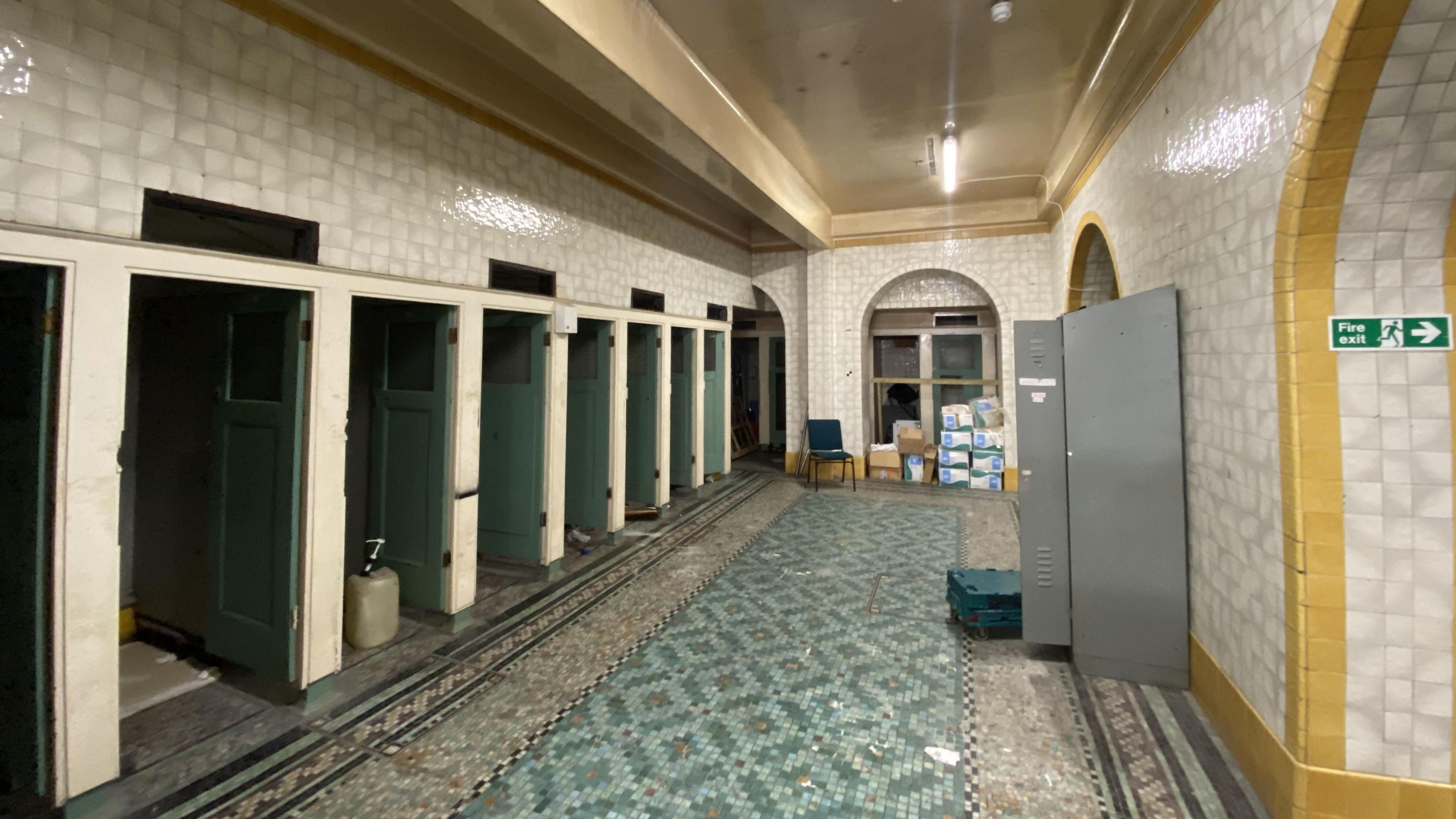
The steps down to the toilets beneath the station meant they were not accessible to all people, so they were moved upstairs 19 years ago
Further into the depths of the station, a cobbled road runs alongside its old east wall.
“It was how the old horse-drawn cabs used to get up onto the platform,” says Rob.
A new external wall was added when the station expanded, meaning the road was hidden away.
Brighton Station was built in 1840 but it was not until 1928 that the toilets and now-faded mosaics were added.

On the right is the original station wall while on the left is the newer external wall built when the station was expanded
Another abandoned space is a former service tunnel deep inside the station, previously used to load goods onto trains but converted during World War Two.
“They moved all the telecommunications for the railway down here,” Rob explains. “If the station was ever bombed, they could still operate from this space.”

This room would have been station's communication centre during wartime bombings
But at the far end of the tunnel is the station's best-kept secret.
“You can hear the gentle rumble of a train above our heads," says Rob. "It’s a very secluded space, so a rifle range is a perfect use for this space."
Built for recreational shooting practice in the late 1940s, the range is still used by a rifle club today.
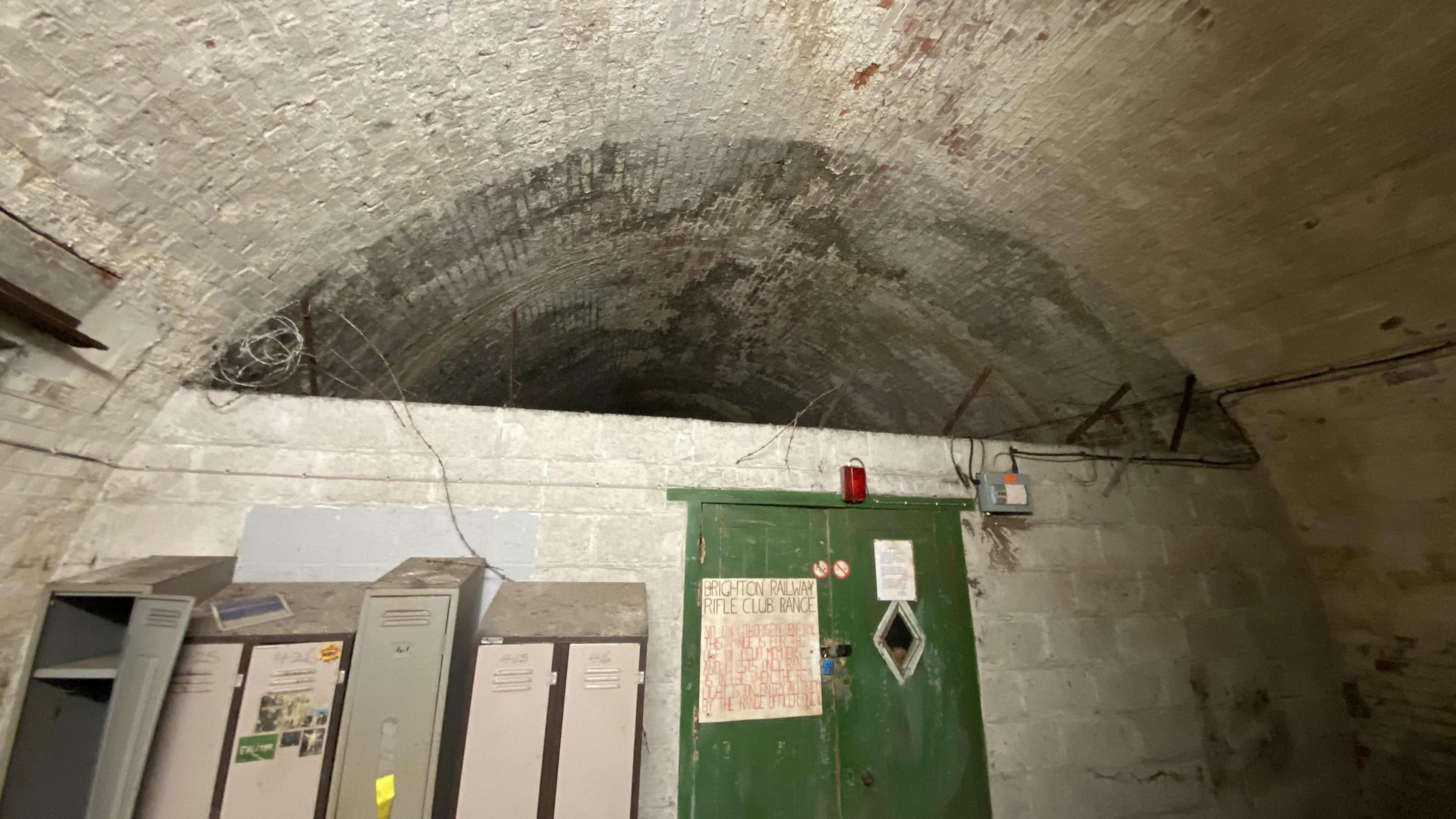
Buried deep within the station is the Brighton Railway Rifle Club Range, which sits alongside filing cabinets
The station was key in connecting Brighton with the rest of the UK. By 1850, it had grown from a fishing village to a hub of more than 60,000 residents and was a tourist hotspot.
Thousands flocked from London as the sea water was rumoured to have healing qualities.
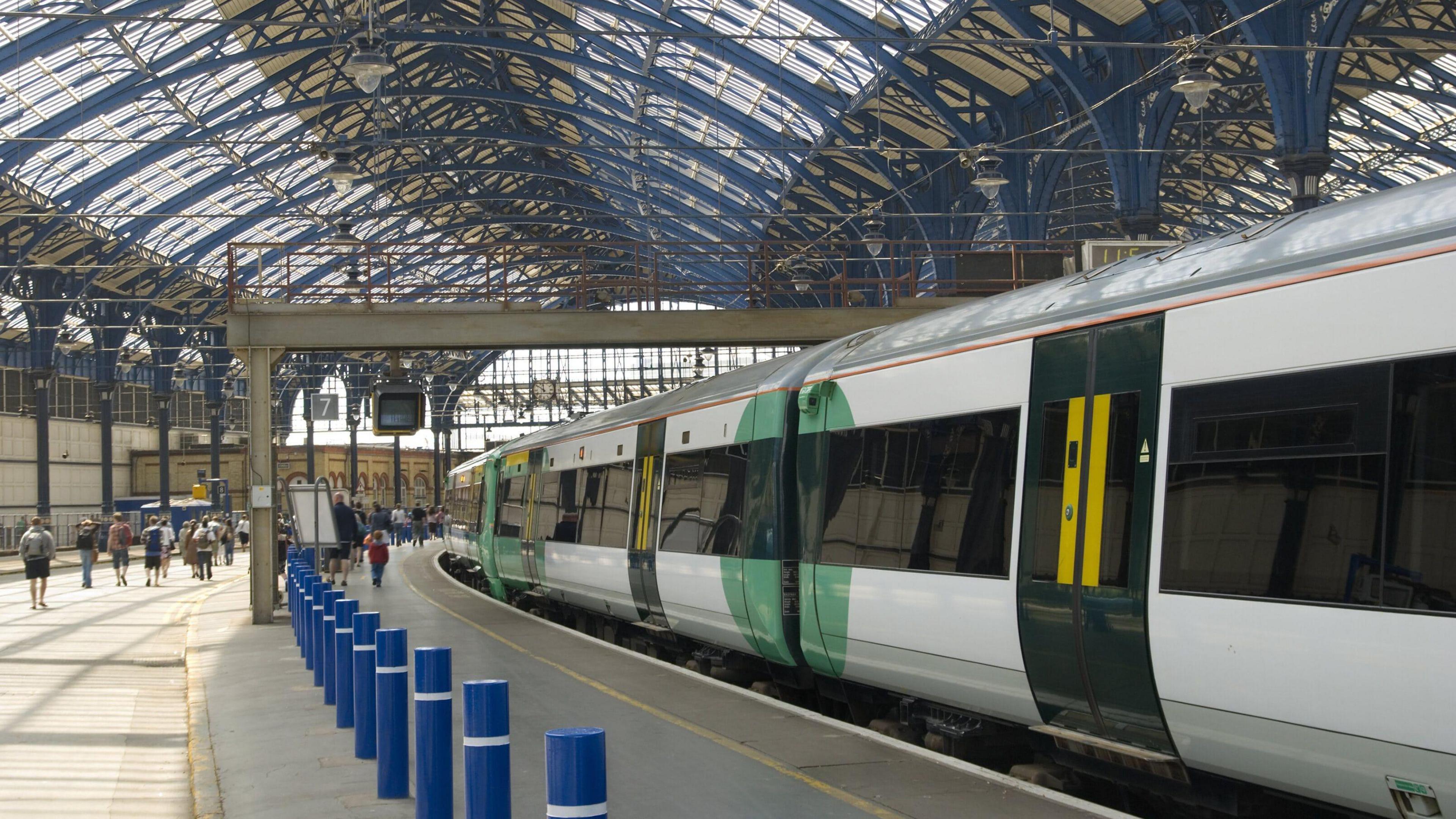
Brighton station was built in 1840
But at the time, sewage flowed from people's homes into cesspools.
It was not until the late 1800s that engineers built a sewer network sprawling 30 miles (48 km) under Brighton, costing £104,000 – an equivalent of £14.7m today.
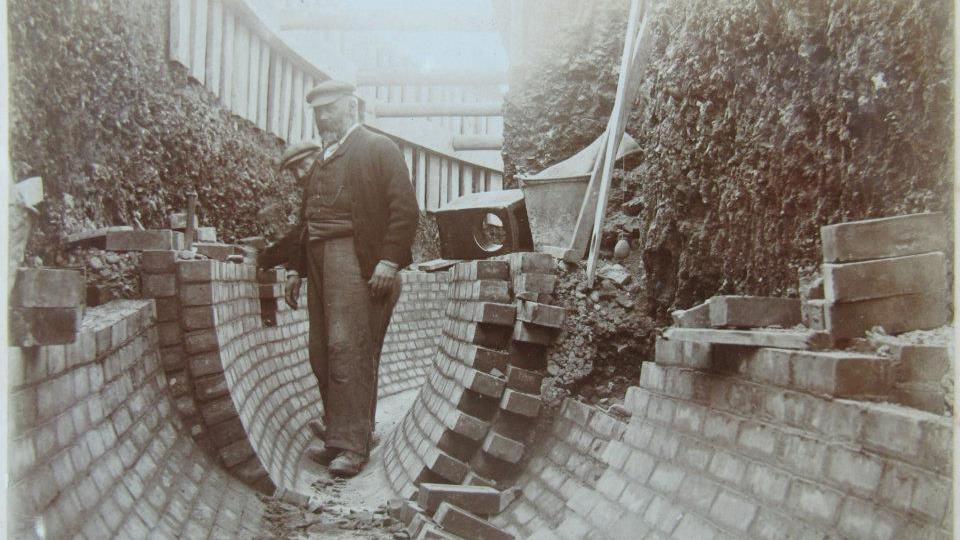
The Victorian people had to dig the sewer tunnels by hand
It allowed sewage to flow away from homes and out to sea.
The sewers are still operational today, though sewage is treated at a new plant in Peacehaven.

This chamber is 30 feet (9.14m) underground and is where the main sewers beneath London Road and Lewes Road meet
In the 18th century, Brighton had become a popular getaway for the Royal Family. The Royal Pavilion was built in 1787 for the Prince of Wales George IV, who became the Prince Regent in 1811 and King George IV in 1820.
Below the Pavilion is a network of tunnels which had many different uses - from storing dirty laundry to accessing George’s private bedroom.
It was rumoured that King George IV had a tunnel built so he could secretly walk underground to the house of Maria Fitzherbet, his lover.
But Dan Cox, head tour guide for Brighton & Hove Museums, said this is unfounded.
"I’m sorry to disappoint people," he said. "There was nothing secret about their relationship.”
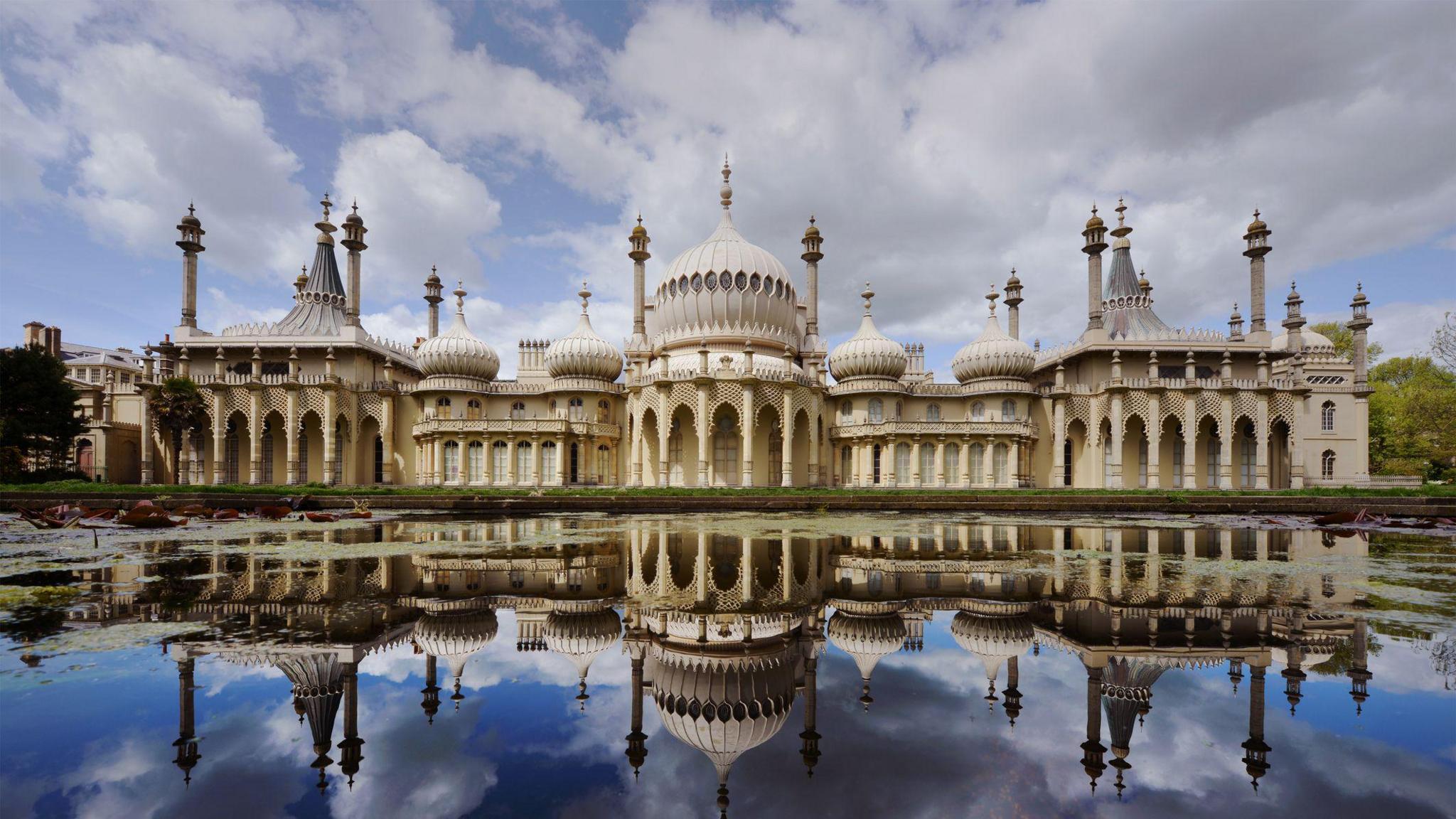
The Royal Pavilion was built for King George IV but later sold to the town in 1850 as Queen Victoria was said to dislike Brighton
The King did, however, spend £1,783 - an equivalent of £164,082 today - on a tunnel to keep his servants hidden from the gardens as they went between the Pavilion and the stables, now the popular concert venue Brighton Dome.
“That’s the kind of guy that George was,” said Dan.
Dan added that the team at the Pavilion are still uncovering secrets about the building, meaning some of Brighton's buried mysteries are yet to be revealed.
Follow BBC Sussex on Facebook, external, on X, external, and on Instagram, external. Send your story ideas to southeasttoday@bbc.co.uk, external or WhatsApp us on 08081 002250.
Related topics
- Published10 May 2024
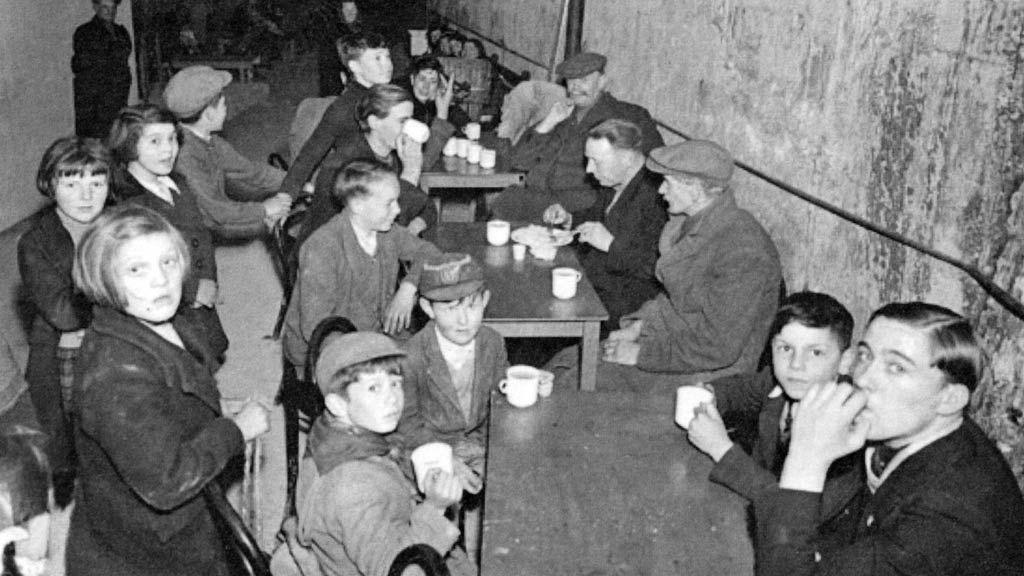
- Published16 January 2024
